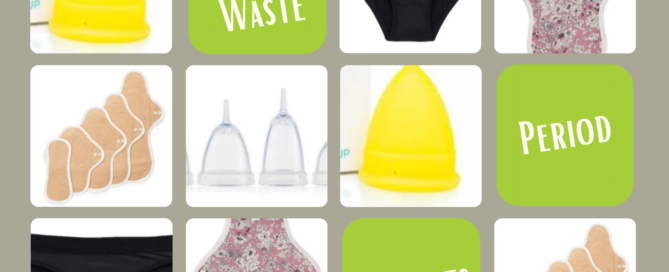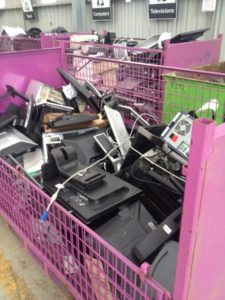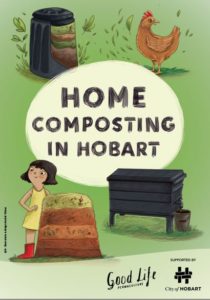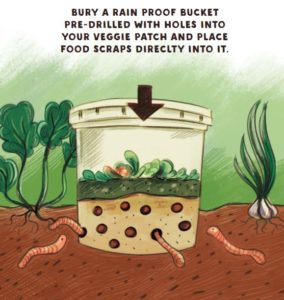The Tasmanian Government is introducing a Container Refund Scheme (CRS) as part of its Waste Action Plan. The aim is to start the CRS sometime in 2022.
You can find out more about Tasmania’s CRS plans and next steps on the Tasmanian Government’s website.
The Government recently announced its position on how Tasmania’s CRS should be governed. The selected model is ‘split responsibility’ governance. That means a Scheme Coordinator oversees the Scheme’s finances and administration, while an independent Network Operator establishes and runs the network of Container Refund Points.
The Local Government Association of Tasmania (LGAT) supports this model. Here’s a statement from LGAT made on 4 February 2021:
“Local Government welcomes the State Government announcement on the design of a Container Refund Scheme for Tasmania. A Container Refund Scheme is an essential part of a good waste management system and something the Local Government Association of Tasmania (LGAT) has been recommending for some time.
The President of the Tasmanian Local Government Association Mayor Christina Holmdahl said:
“As the main provider of rubbish removal and recycling for Tasmanian communities, councils know a Container Refund Scheme will both reduce the burden of plastic litter in our environment and increase recycling rates, for the benefit of our whole community.”
LGAT commends the State Government on choosing a split-governance model for Tasmania’s Container Refund Scheme, which separates responsibility for running the scheme from operating the container collection network, similar to the model currently operating in NSW. Under this model, the network operator is motivated to capture as many containers as possible, which is a win for the community and the environment.
“A split-governance model is likely to result in many more accessible collection points than the alternative model, making it easy for community members to return their containers and receive their refund” Mayor Holmdahl said.
“By separating running the scheme from the network the State Government can guarantee consumer convenience and therefore high rates of container return. The more containers returned means a lower cost scheme for the community and better environmental outcomes” Mayor Holmdahl continued.
LGAT looks forward to continuing to work with the State Government on improving waste management and seeing the benefits for all Tasmanians and our local environment.”




